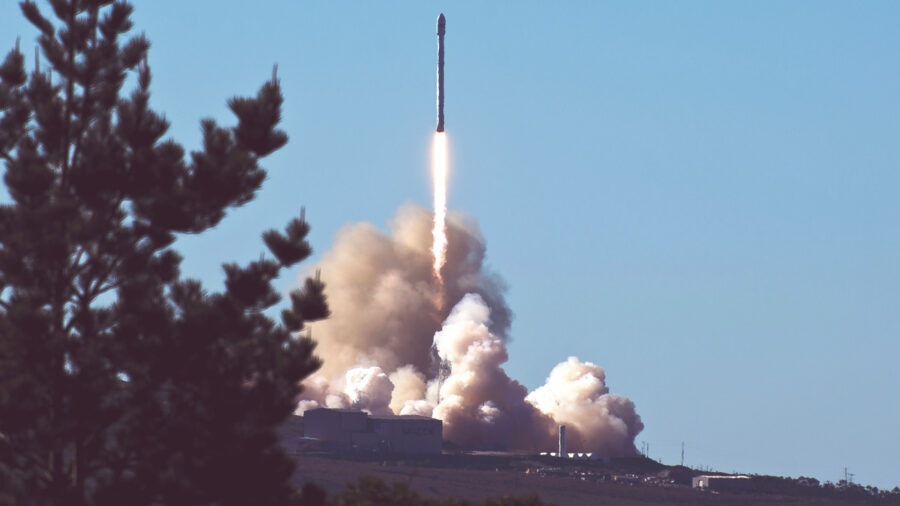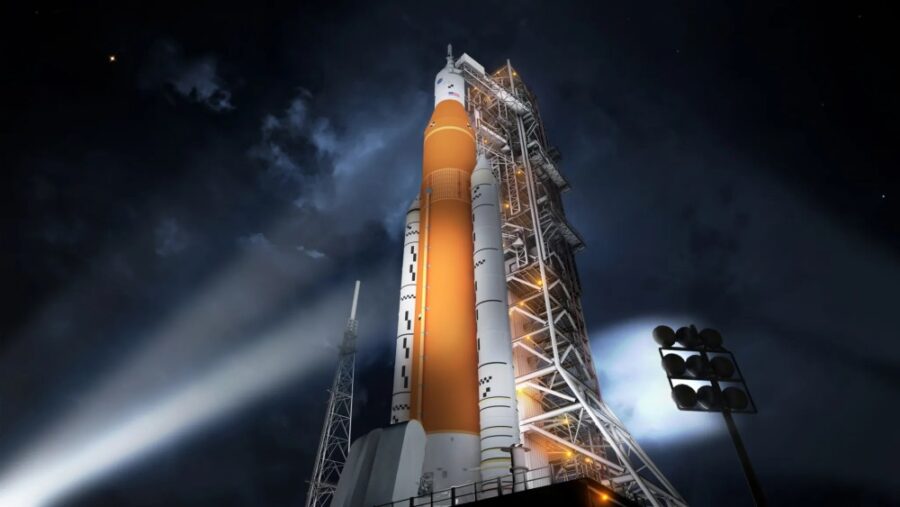Tiny Fault Dooms First Private Lunar Lander

The Peregrine Moon Lander from Astrobotics, the first private lunar lander, returned to Earth in January in a spectacular ball of fire without ever touching down on the Moon. Now, scientists at Astrobotic think they’ve figured out why after an extended mission autopsy. A faulty helium control valve seems to be the culprit in the lander’s demise.
A First Attempt At History

The Peregrine Mission One was launched on January 8 from Cape Canaveral, Florida, in a first-of-its-kind contract mission with NASA to perform a Moon landing. In a major failure of the joint mission, the lunar lander never made it near the Moon. Instead, it began to experience an overpressurization of its helium tank, eventually causing the tank to rupture and sending the spacecraft off course.
Never Reached The Moon

Although the lunar lander didn’t make it to its intended destination, Acrobatics Mission Control was able to retrieve its craft from space after fears that it could become space debris and collide with other craft in Earth’s orbit required its recall.
The compromised craft was able to maneuver some, though not to its full capacity, and it was guided back to Earth over the open ocean to avoid damaging structures or injuring people. Valuable data was collected by NASA and Astrobotics from the mission, even though it didn’t reach the Moon.
The faulty valve that thwarted the mission of the Peregrine lunar lander is known as PCV2. Engineers working on the construction of the Peregrine craft had problems with their first supplier of these valves, with many failures prompting them to switch suppliers as late as August of 2022. The new PCV valves encountered problems sealing as well, though it was a known risk to the mission.
Studied By The First Man On The Moon

A review board of 34 industry, government, and subject matter experts, including Neil Armstrong and Dr. John Horack, conducted an investigation into the events leading to the demise of the lunar lander. Their conclusion after reviewing all of the mission’s data was that the most likely cause of the mission’s failure was the faulty PCV2 valve.
A simulation was then conducted on the ground, where a spare PCV valve was exposed to circumstances similar to those to which the failed valve was exposed, and this simulation confirmed that mechanical failure of the PCV2 valve likely occurred.
Measure Twice, Take Off Once

The biggest problem for the Astrobotics team behind the Peregrine lunar lander was that the PCV2 valve wasn’t double-checked after the issues with the PCV valves were discovered. Because PCV2 didn’t fail during tests and also wasn’t in an accessible area of the craft, the valve that thwarted the lunar lander mission was never given the scrutiny that the other PCV1 valve had been. It’s possible that the valve’s failure was due to this lack of extra inspection.
Try, Fail, Try Again

The failure of the PCV2 valve has led Astrobotics to redesign the fueling system for their Peregrine craft, addressing the underlying problems with sealing. Although the lunar lander on board the Peregrine mission didn’t make it, its flight was able to bring necessary systems online, demonstrating future potential for the Astrobotics missions in cooperation with NASA. The next lunar lander mission, Griffin Mission One, is scheduled to launch by the end of 2025.
Source: Astrobotic Post-Mission Report












